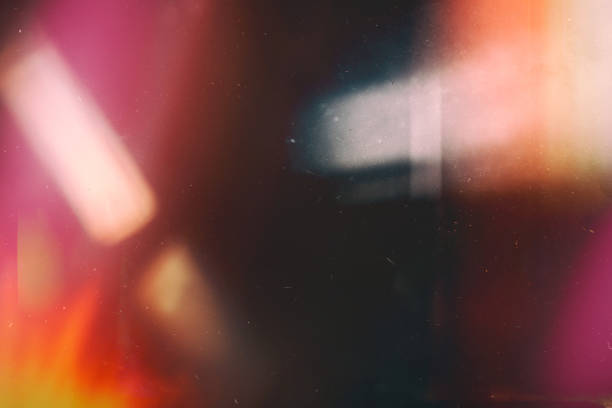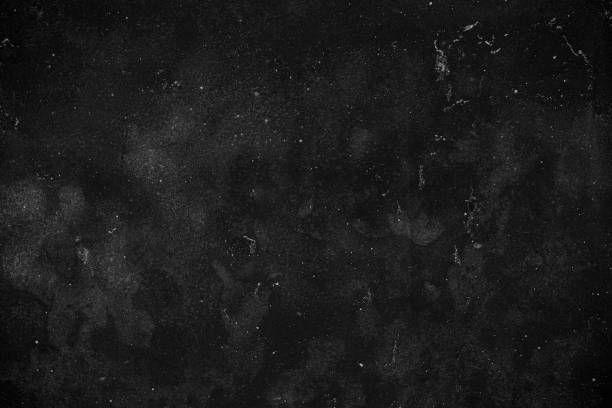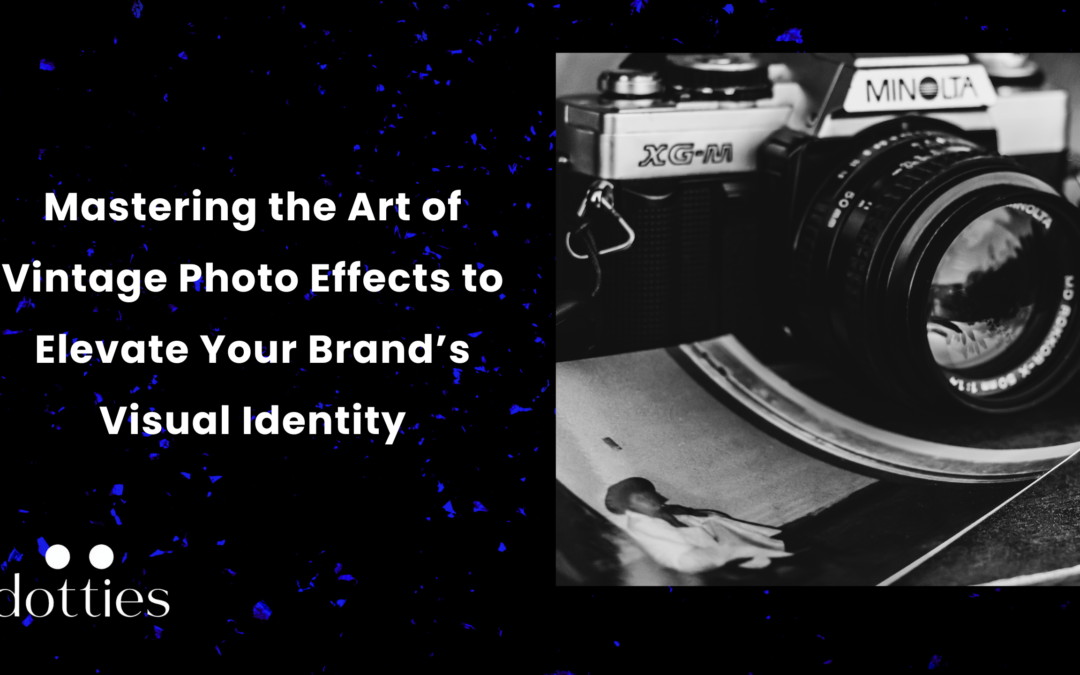Crafting a unique and compelling visual identity is crucial for businesses seeking to capture attention and foster brand loyalty. One timeless method to achieve this is by integrating vintage photo effects into your visual content.
This style, characterized by nostalgic tones and textures, can evoke emotions, tell a story, and establish a distinctive presence. Here’s a comprehensive guide to understanding and implementing vintage photo effects to elevate your brand.
What Is the Vintage Aesthetic?

The vintage aesthetic taps into the charm and nostalgia of past decades, offering a look reminiscent of analog film photography. Key characteristics include muted colors, soft lighting, grainy textures, and subtle vignetting. These elements collectively create a sense of warmth and timelessness, making the imagery feel more personal and authentic.
For businesses, this style holds powerful appeal. It resonates emotionally with viewers, connects them to simpler times, and offers a refreshing contrast to modern, hyper-polished visuals. Whether you’re in retail, hospitality, or creative industries, incorporating vintage visuals into your marketing strategy can enhance your brand’s storytelling and relatability. For example, retail demand forecasting can guide businesses in identifying trends that align with nostalgic aesthetics, ensuring that visual campaigns resonate with target audiences
Steps to Creating Vintage Photo Effects

If you’re ready to bring a nostalgic flair to your brand’s imagery, follow these practical steps to master vintage photo editing. These techniques can be applied using tools like Photoshop, Lightroom, or specialized platforms like ProductScope AI, which offers intuitive vintage filter option.
1. Choose the Right Photos
Your base image plays a critical role in the final output. Look for photos that align with your brand’s identity and lend themselves well to vintage effects. Here are some examples:
- Portraits: Ideal for brands focusing on lifestyle, fashion, or personal storytelling.
- Product Shots: Works well for artisan goods, handmade products, or retro-themed campaigns.
- Scenery and Lifestyle Images: Great for travel, hospitality, and wellness industries.
High-resolution images ensure that the details remain crisp even after editing. Aim for compositions with strong focal points to make the vintage photo filter stand out.
2. Select the Right Editing Tools
While traditional photo-editing tools like Adobe Photoshop or Lightroom are industry standards, modern platforms like ProductScope AI simplify the process with pre-set filters and intuitive controls. These tools allow businesses without a dedicated design team to achieve professional-grade results.
- Preset Filters: Start with a vintage photo filter or an old camera filter and old photo filter that fits your vision. This can save time and provide a strong foundation for further adjustments.
- Manual Adjustments: Advanced tools give you control over finer details such as color tone, grain intensity, and vignetting. For those looking for even more customization, a vintage photo editor allows you to fine-tune every aspect of your image with ease.
Pro Tip: Test multiple tools and settings to find the combination that best aligns with your brand’s tone. You may even want to try using a retro filter to enhance the nostalgic vibe.
3. Adjust Brightness and Contrast
To create a vintage look, balance brightness and contrast carefully. Lower the contrast slightly to reduce harsh shadows, creating a softer and more aged appearance. Increasing the brightness subtly can mimic the washed-out look of older photographs.
This step is critical for creating a cohesive, gentle aesthetic that avoids the overly sharp, high-definition quality typical of modern images.
4. Refine Colors with Saturation and Warmth
Vintage photos are often characterized by muted, understated colors. Lowering the saturation achieves this effect, while increasing the warmth adds golden or sepia tones that evoke a nostalgic mood.
You can also experiment with split toning, where highlights and shadows are tinted differently. For instance, adding golden hues to highlights and soft blue tones to shadows can create a balanced, dreamy feel.
5. Add Texture with Grain and Noise
Grain is one of the most recognizable features of vintage photography, emulating the texture of analog film. Adding a subtle layer of grain can lend your photos an authentic, tactile quality.
- Intensity: Keep the grain subtle; too much can make the image look distorted rather than refined.
- Blend: Combine grain with other effects, like faded edges or vignetting, for a seamless vintage transformation.
6. Apply Vignetting to Focus Attention
Vignetting darkens the edges of an image, naturally drawing the viewer’s focus toward the center. This effect not only enhances the vintage vibe but also helps highlight the most important parts of the photo, such as a product or a model.
Adjust the intensity of the vignette to suit your image. A light vignette works well for lifestyle photos, while a stronger vignette can be more dramatic for portraits.
7. Maintain High-Quality Outputs
After editing, ensure that your images remain high-resolution and optimized for their intended platform. For example:
- Social media platforms often compress images, so save them in the recommended dimensions for each platform.
- For websites, use compressed but high-quality images to maintain fast loading times without sacrificing visual appeal.
Why Vintage Effects Matter for Your Brand
Adopting vintage aesthetics in your marketing visuals can offer several benefits:
1. Emotional Connection
Nostalgia is a powerful marketing tool. Vintage visuals evoke memories and emotions, fostering a deeper connection between your audience and your brand.
2. Brand Differentiation
In a sea of ultra-modern designs, a vintage aesthetic can set your brand apart. This distinctive style makes your content more memorable and recognizable.
3. Versatility Across Media
Vintage effects are highly adaptable and can be applied to various media, including:
- Social media posts that stand out in feeds.
- Print materials such as flyers or product packaging.
- Digital ads and website visuals that establish a cohesive brand identity.
Real-Life Applications and Examples
Consider how major brands have successfully leveraged vintage effects:
- Coca-Cola frequently uses vintage imagery in their advertisements to celebrate the brand’s long history and legacy.
- Etsy sellers often utilize vintage aesthetics to enhance the appeal of handcrafted or retro-themed products.
Even smaller businesses can achieve similar results by strategically applying these effects to resonate with their audience and strengthen their narrative.
Conclusion
Incorporating vintage photo effects into your brand’s visual strategy can elevate your marketing efforts by creating engaging, distinctive, and emotionally resonant content. With tools like ProductScope AI, achieving these effects has never been easier, making it accessible for businesses of all sizes to craft professional-quality visuals that leave a lasting impression.
For a step-by-step walkthrough how to make a photo look vintage, explore the original guide: How to Create a Vintage Effect in a Photo. Transform your visuals today and let your brand’s personality shine with timeless, nostalgic charm.

